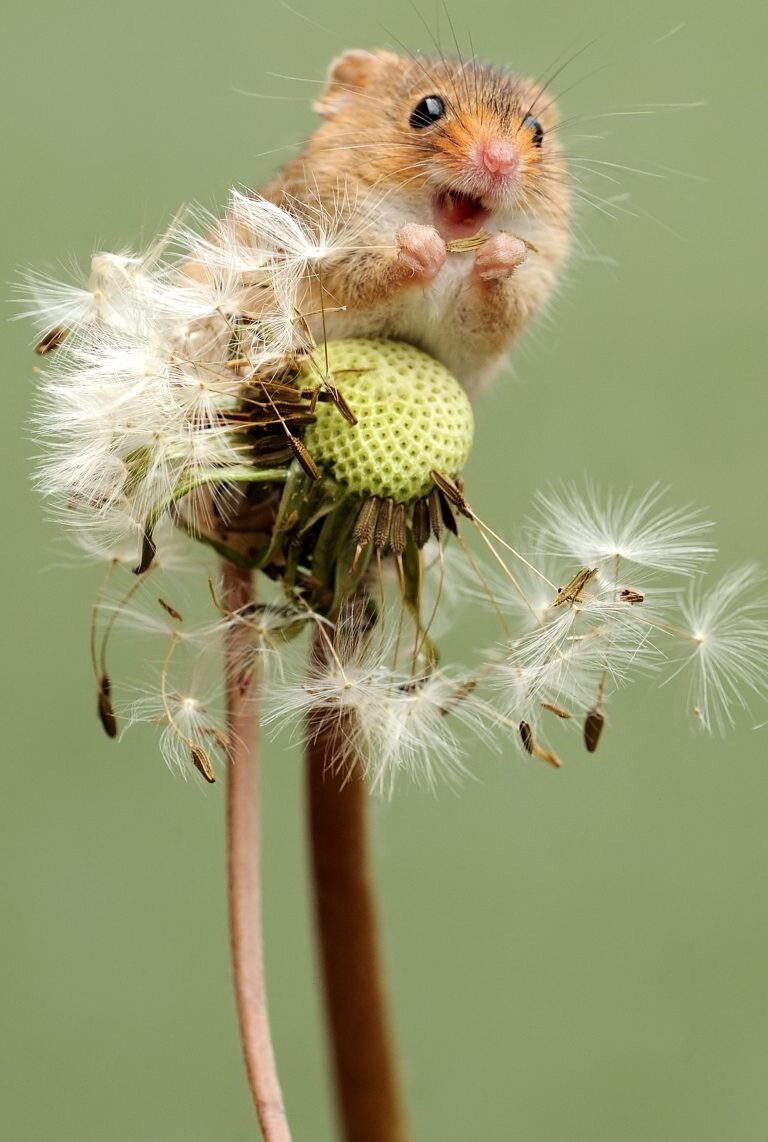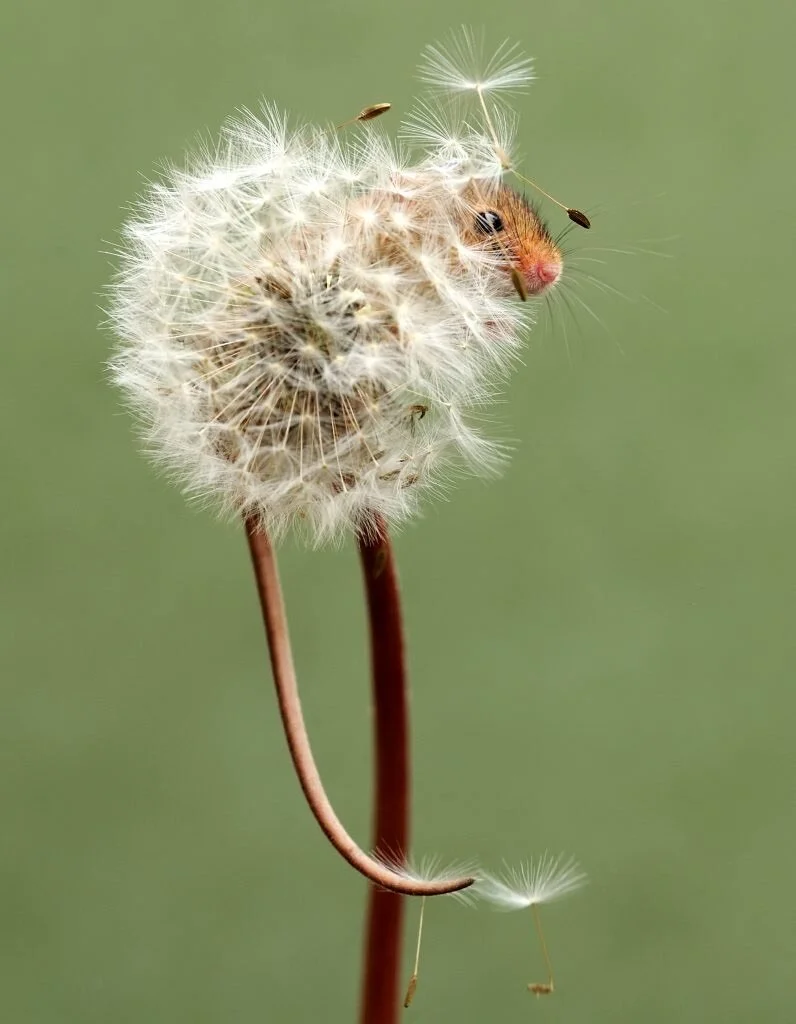Control Animals in Tox Studies
Should Control Animals be Single Use-only ?
I am often asked if control animals can be used through various studies.
Control animals are by definition animals who are not receiving the test article and serve as controls to be compared with the animals from treated groups.
My opinion on this question is not black and white and I will try to explain this in this blog post.
Wishing you a wonderful read of this post and all questions or comments are welcome !
In order to answer this question, Several parameters needs to analysed such as
the type of laboratory animals, the type of study and its duration, or type of study protocol and GLP-status.
laboratory Animal species
When using rodents compared to non human primates, there is a major difference Concerning their single versus multiple use. Rodents are animals species of lower costs compared to Larger species. In NHP studies, it is indeed common to re-use the control animals if no final euthanasia is scheduled and mainly when studies are linked to pharmaco-safety outcomes. it is important to Realise that the conclusions Drawn from their first use need to remain accurate and precise. the fact that these controls animals Will not be sacrificed, needs careful consideration as an equivalent number of treated animals need to be compared with the assigned control animals.
Type of study
I would like to make a difference between regular toxicologic studies, pharmaco-safety studies and even oral - diet related studies for e.g. food additives; rodenticides. A regular tox. Study has often endpoints which are not compatible with in-vivo observations only. therefore, the Control group animals should also be sacrificed at the end of the study protocol timelines. Personally, i would not opt to re-use the non sacrificed control animals of such studies. In case of an oral diet study, where the control animals are receiving a regular physiologic diet ad libitum, there is indeed a possibility to re-use these animals for another study as long there has not been mortality noted through the groups, as you may induce a biais by selecting the stronger acclimated animals. In pharmaco-safety studies, you should maintain the same principle and be careful not to induce a biais. Although you may think these animals are ‘only’ control animals, a lot of parameters are invisible for the naked eye and you may see a better or lesser efficacy effect in the follow-up studies.
Duration of study
depending on the duration of the study it is important to Realise that animals do age as well. so for short-term studies there should be less concern compared to studies with longer durations. depending on your internal operating procedures, it could be noteworthy to check how long animals can be housed or observed before being attributed to a specific study. this may help you planning both studies and avoiding a study period gap. In addition, if animals are still in a juvenile state or a growing phase, all control animals should be in the same age range as a test Article may act in a different manner depending on the age of the animal.
GLP status of the Study
in case of GLP status is absolutely forbidden to re-use your control animals in a second GLP study as both acclimation periods needs to be similar and end points needs to be comparable between the treated animals and control animal groups. Also, you are expected to use animals from the same age in such studies. In case of a non GLP study, the study status allows you to Increase Flexibility and to think about the re-Use of your control animals. It is Noteworthy to mention that rodenticide efficacy studies are covered by the GLP regulations (40 CFR Part 160).
The advantages to re-use control animals are significant for the 3R’s as by doing so you are reducing the overall numbers of animals subject to testing. In addition, you are lowering the logistics, and costs of the study and increasing the animal Welfare in your drug development programs. therefore, it’s Certainly useful to consider the re-use of Control animals, while keeping the basic principles of Good laboratory practice in mind: if you need to repeat your study you are loosing all advantages of this strategy. Overall, it remains an excellent idea to Include only the necessary amount of animals in the study without being too low and not too high.
Some precautions should be taken when re-using control animals as they can not receive any test article even by accident. therefore, it is important to Investigate which test articles are used in the relevant studies and under which form the test article is administrated to the treated animals. If there is oral gavage, the risks of Misdosing are minimal, but if you administer the test Article by feed as a powder formulation, special attention should be taken not to cross contaminate with the control animals. Even if you are careful and you are Following a strict protocol, you will need to convince regulators that no Unforeseen cross contamination happened by inadvertance. which data are you going to show them to proof your Excellence in conducting such studies ? sometimes, if available PD/PK data can be Supportive and so you can claim that your controls were not exposed to the test article under any Circumstances.
Finally, When re-using controls, you may not be able to Randomise adequately. By Definition, Randomisation is the process of making Something random such as allocating experimental laboratory animals via random Assignment to a control or Treatment condition. In order to avoid this bias, There could be an option to use your controls for two or more Studies, but on a Simultaneous timescale. in that case, controls animals would belong to their control groups and serving various studies.

